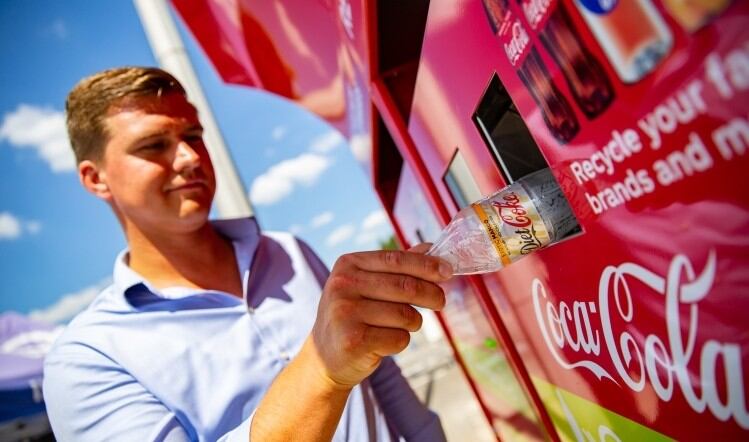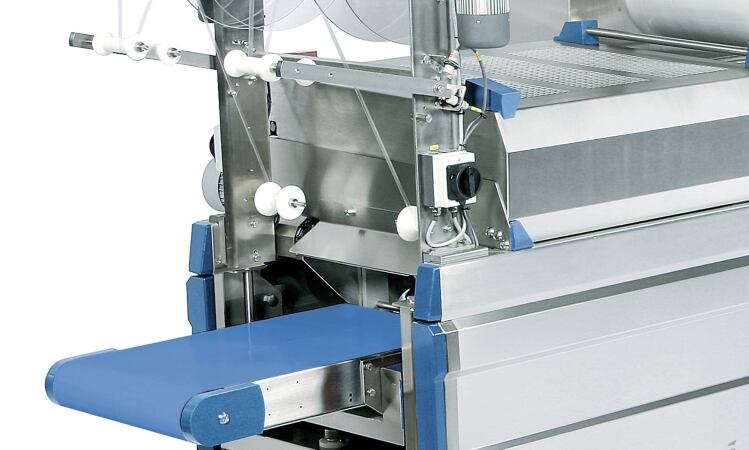Many brands are already flagging up recycled content, with UK Plastics Pact signatories aiming for an average of 30% post-consumer recyclate by 2025.
Meanwhile, reverse vending could be a second piece in a drinks brand’s circular jigsaw. Some speculate that a national deposit return scheme may never happen, despite stated government intentions, but whether this materialises or not, brands can steal a march on competitors in this area.
Huge benefit
Metal, too, has a great story to tell regarding its recyclability and recycled content, benefiting hugely from being collected in a dedicated stream. Brands that use plastics and aluminium could use reverse vending for both.
Retailers are already trialling the technology in-store, and may want to keep the branding to themselves, as in the case of the Morrisons and Iceland trials. Quite how redemption rates inside the four walls of a supermarket will shape up is a matter of debate.
As the co-operation between Coca-Cola and Merlin suggests, the biggest wins may be in on-the-go consumption settings, whether in high streets, shopping centres or entertainment venues.
Kerbside collection
Much has been said about the impact reverse vending could have on the viability of kerbside collection. But could forward-thinking brands not partner with cash-strapped local authorities to trial strategically-located reverse vending?
In terms of collection-volume numbers, the reputation of the brand and the local authority would be boosted and the move would also provide useful data nationally.
Paul Gander is a freelance editor and journalist.


